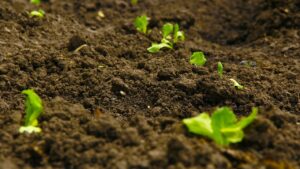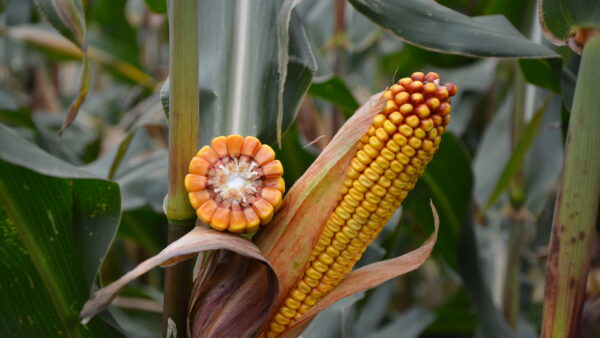Proper seed sampling is important to growers who need the best information on the quality of the seed being planted, which can ultimately affect the yield and success of the crop.

When someone runs into a problem with seed quality that surprises them, the first question I ask is how they took the sample. When a sample is not properly taken it leads to a test result that does not accurately reflect the overall quality of that seed lot — only a very small portion of it.
It is important to ensure that your sample is truly representative of the larger quantity of seed you are dealing with. You can increase your chance of taking a representative sample by doing the following basic steps:

Have a clear sampling plan in place. Do this before starting the process to ensure that you are taking a representative sample from the entire lot or field, while also being efficient and cost-effective. There are several ways to sample a lot, so deciding on the most appropriate one beforehand is important.
Take enough samples. The sampling intensity will depend on the size of the lot or field and the variability of the seed. The minimal number of samples will depend on the size of the lot, the number of units in the lot as well as the sampling technique chosen. A very good resource to determine what the correct number of sampling actions needed is the ISTA Sampling Calculator, which is accessible for free on ISTA’s website.
Take samples representatively. In order to ensure that that the samples taken from the lot are representative of the lot, you need to represent as many parts of the lot as possible. In a closed lot, this would be choosing several different units or locations within a unit. In a stream sample this would be at set intervals.
Mix the samples. After you have taken your samples from each, thoroughly mix them together to ensure that the sample is homogeneous and divide it into the retained sample and the sample that is submitted to the lab.
Store the sample properly. When it comes to sending in the sample, try to send it in as fast as possible for testing. The longer it sits before testing, the less representative it becomes. The retained sample should be stored in a suitable storage space to ensure the integrity of it.
By following these tips, you can ensure that your sample is truly representative of the larger quantity of seed you are dealing with and minimize the risk of bias in your grading process.














